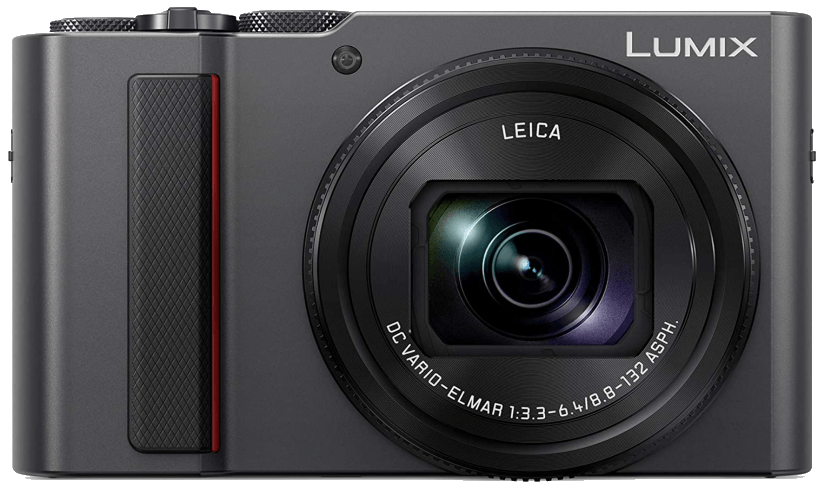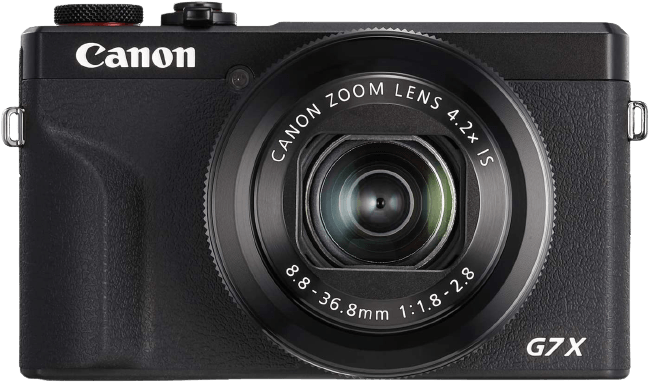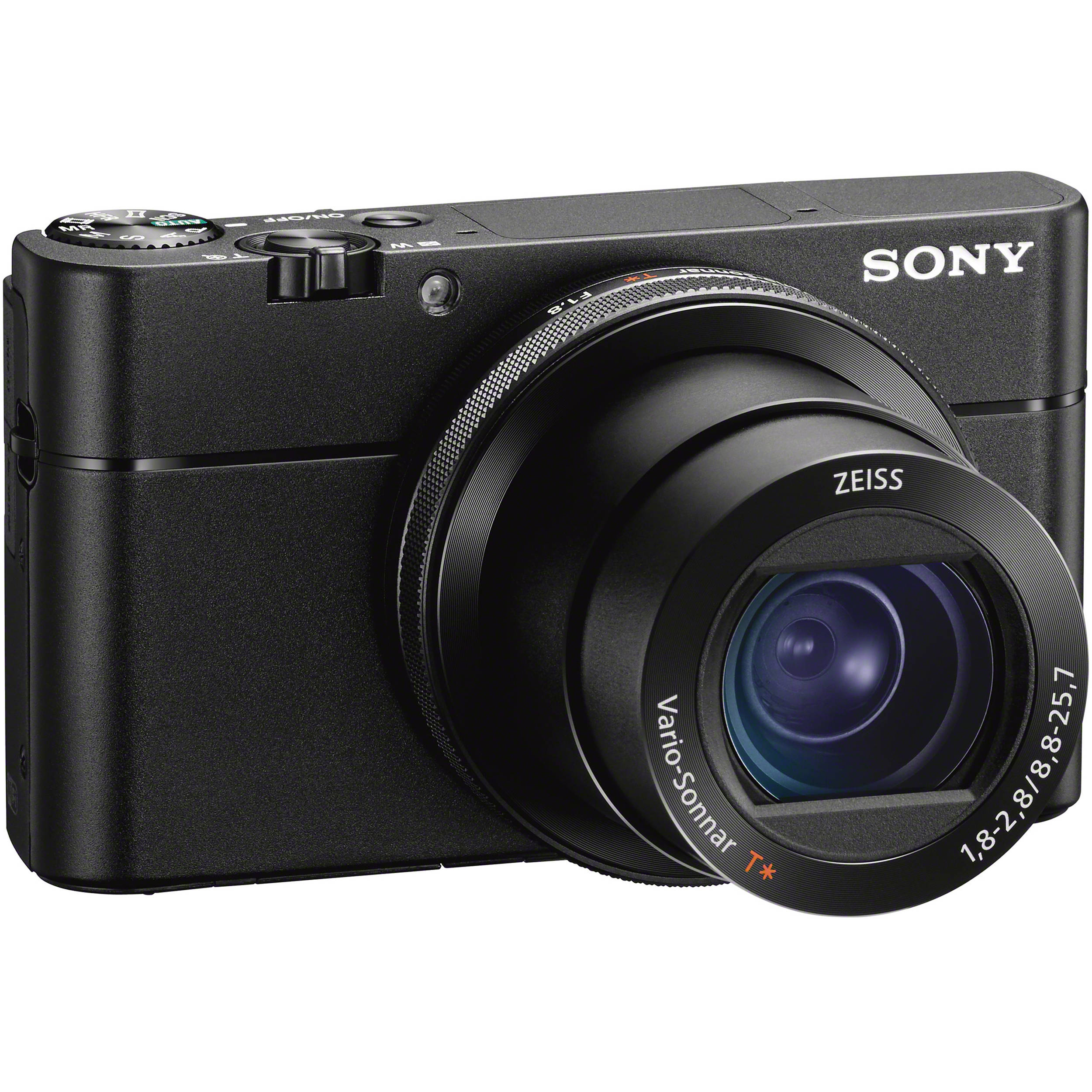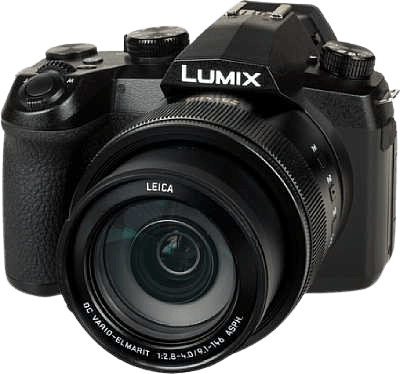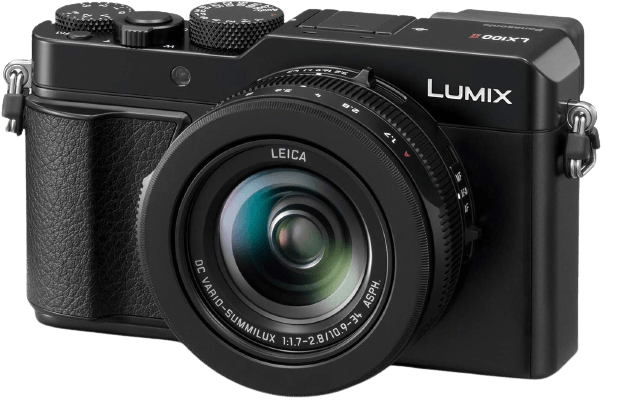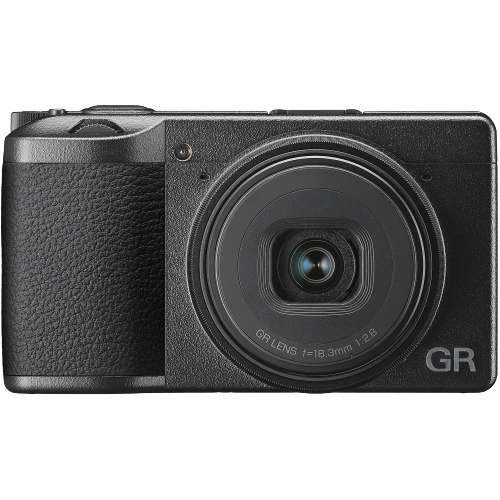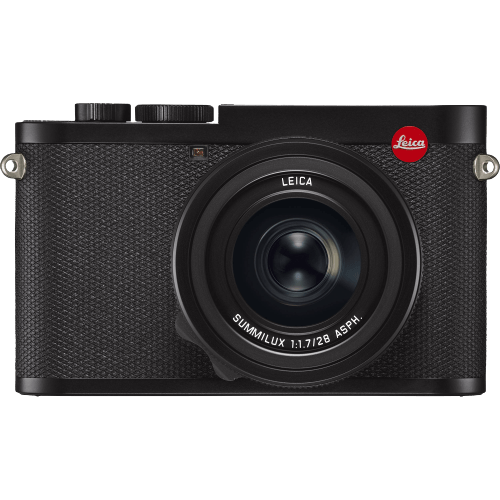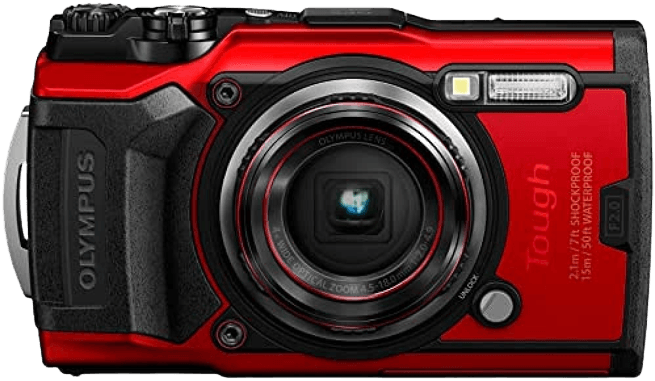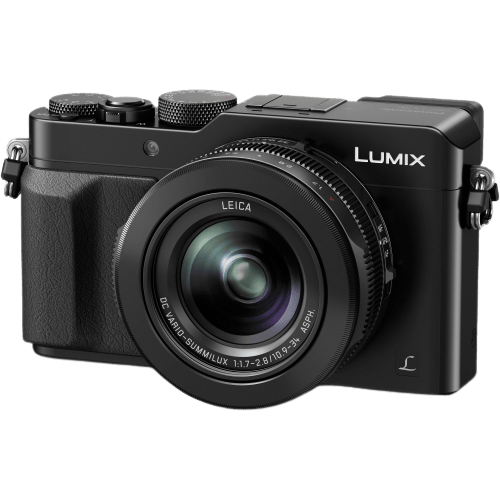If you’re looking for a fuss-free compact camera, you’re in the right place. Our top pick is easy to use and combines incredible 4K video and 5-axis image stabilization. [Note: ExpertPhotography is supported by readers. Product links on ExpertPhotography are referral links. If you use one of these and buy something, we make a little bit of money. Need more info? See how it all works here.]
What Are the Best Point and Shoot Cameras in 2023?
We’ll look at the cameras in detail. But first, here is a summary of all our recommendations. Now let’s look at those cameras in more detail. The Panasonic Lumix ZS200 is the perfect enthusiast-level point and shoot camera. It produces excellent photos and delivers for shooters that expect more functions and features. The 1-inch sensor has a resolution of 20.1 MP—similar to what we see in the beginner category. The photos are very good quality, but the Panasonic Lumix ZS200 has more under the hood than previous models. Users have more control when taking pictures. The ZS200 has scene modes and filters for more varied results. And you can take control with aperture priority mode, helping you achieve a bokeh effect in your portraits. And you can shoot sports with no motion blur. The long optical zoom lens gives you 15x magnification. That’s an impressive zoom range for a camera this size. And the image quality stays high with very little aberration even at full zoom. The 4K video is another excellent feature. You can switch between stills and video, giving you a full multimedia setup. The Panasonic Lumix ZS200 is impressive in functionality and affordability. The Canon PowerShot G7X Mark III gives you plenty of features to play with. It’s reasonably priced and it outperforms any smartphone camera. The camera has a 1-inch CMOS sensor. Without getting technical, this type of sensor is more sensitive than sensors on other cameras on this list. That gives you even better image quality from the 20.1 MP sensor resolution. The PowerShot G7X has excellent low-light capabilities. The ISO range is 125 to 12,800, which is impressive for a compact camera. You also get a continuous shooting speed of 20 fps. The burst mode is great for sports and action photography. The LCD touchscreen and electronic viewfinder can tilt 180 degrees. It allows you to take photos at awkward angles. And you can take selfies or record yourself in 4K video. The zoom range is 4.2x. It’s not record-breaking, but it is effective. And the camera also has an optical image stabilizer to keep your images crisp when you’re zoomed in. The Sony Cyber-Shot RX100VA is an excellent all-around point and shoot camera. The photos are brilliant and the camera is packed full of extra features to get you excited. The image quality from the 20.1 MP CMOS sensor is impressive. But you also have good low-light performance. And the RX100VA has a top shutter speed of 1/32,000th of a second. That’s very quick. And it means you can capture fast-moving subjects with no motion blur. The continuous shooting speed is 24 fps. That’s fairly quick, but we’re more impressed with the autofocus tracking in burst mode. Your subject stays focused in each shot as they move across your frame. The autofocus also tracks your subjects for standard shots. Again, this is great for sports and action shots. But you also have eye-detection AF for portrait photography. For shooting 4K video, the Sony RX100VA is hard to ignore. It has all the features an enthusiast photographer could want from a point and shoot. And it won’t break the bank. The Panasonic Lumix FZ1000 II isn’t exactly a point and shoot camera. It’s a bridge or hybrid camera—a cross between a point and shoot and a DSLR. It gives you a taste of simple photography. But you can also take more control if you’re feeling adventurous. The 20.1 MP sensor produces excellent photos in auto mode. But the beauty of a bridge camera is that you can tweak the controls to improve the results. You can adjust ISO and aperture settings to achieve amazing low-light performance. And you get a built-in flash. The 16x zoom range is impressive. This is excellent for wildlife and sports photography. And the zoom lens is accompanied by an optical image stabilizer. This feature compensates for camera shake and keeps your images sharp. The 4K video function is another powerful feature. And the 30 fps burst mode creates amazing 4K photo videos. And the sophisticated autofocus system works for photos and video. The Panasonic Lumix FZ1000 II is perfect for someone taking the next step in their photography journey. It’s easy to use and offers more creative options if you want more control. The Panasonic Lumix LX100 II is a fully-loaded, pocket-sized compact camera. It’s fun to use and it has physical controls to help improve your photography skills. It’s a hybrid point and shoot with excellent photo and video quality. The 21.7 MP resolution isn’t very high for a camera at the professional level of point and shoots. But the LX100 II still produces excellent images from the large Micro Four Thirds sensor. This sensor is larger than most found in compact cameras but smaller than an APS-C sensor. The Lumix LX100 II has a fixed Leica lens. It’s a wide-angle zoom with a focal length of 24-75mm. Being a Leica lens, you can’t beat the quality. And it has built-in optical stabilization to counteract camera shake, keeping motion blur to a minimum. The camera’s screen doubles as a display and electronic viewfinder. That makes it easier to shoot video and stills. The 4K video quality is another reason you should consider this camera. The battery life is good too. The Ricoh GR III offers great image quality in a compact and stylish body. It has intuitive and clear controls for all the important functions. The leaf shutter means that you can use external flash at all shutter speeds. But it doesn’t have a built-in flash. For the opposite problem of too much light, it has two built-in neutral density filters, which are a real benefit. Autofocus is a strength for this little Ricoh. The AF points cover almost the whole sensor, and you can pre-select a “Snap Focus” point. It’s more advanced than the principle of point and shoot, but it’s a handy feature. It’s a fast, reliable camera that has its limitations. But it is ideal for simply being able to pull it out and snap some pictures. Read our full review of the Ricoh GR III here. For many, the Leica Q2 is the best point and shoot camera there is. And when you see some of the specifications, it’s hard to argue. Leica makes quality cameras, not budget cameras. And the Q2 is no different. It’s a magnificent point and shoot if you can afford it. The Leica Q2 isn’t the smallest compact camera. But that’s because it has a powerful full frame sensor that’s even bigger than the APS-C sensors. It has an image resolution of 47 MP, which is staggering for a point and shoot. The other features are limited. The max burst speed is only 10 fps and the video performance is only 1080p. But this camera isn’t about the extras. The image quality is the main selling point. And in that category, it’s top of the leaderboard. The Leica Q2 is the best point and shoot camera for still photography. The quality of the images is second to none. But it’s limited and its eye-watering price will put most buyers off. It’s a specialist point and shoot for serious photographers. The Olympus Tough TG-6 is a great take-anywhere camera. Bigger than a traditional action camera, it’s waterproof down to 50 feet (15 m). It also boasts a 4x zoom lens and a more traditional camera shape to set it apart from the action cam competition. And it’s a pretty well-appointed camera, too. It has 4K video, a maximum aperture of f/2, and even a back-side illuminated CMOS sensor. It can also focus down to 3/8 inch (1 cm) for spectacular macro photos. There’s a range of accessories to make the camera even more versatile, including a waterproof housing if you want to take it deeper. It’s an ideal camera to take with you where you wouldn’t want to take your big expensive DSLR.
What is a Point and Shoot Camera?
A point and shoot camera is also called a compact camera. They’re small, compact, and easy to use. These cameras work on their own, so you don’t need any extra equipment like lenses or flashes. A point and shoot is an all-in-one camera. When people ask about getting started in photography, they’re often showered with information about DSLRs and mirrorless cameras. They’re told about focus stacking and image stabilization systems. For many, this is overkill. All the tech and jargon can be a turn-off for some people. Many want a camera they can pick up and snap a few photos right away. And that’s where the point and shoot camera excels. It’s all in the name. You simply point the camera at your subject and shoot your shot. Then you’ve got a fabulous photo. Compact cameras are that simple. But point and shoot cameras aren’t only for beginners. There’s a whole range of options, starting with very basic machines. They go all the way up to professional-grade cameras. But whether they’re beginner, enthusiast, or professional cameras, the concept always stays the same. You might have a few more modes and functions. But it’s still a case of pointing and shooting.
Conclusion
Point and shoot cameras are an excellent option if you want amazing pictures but don’t want all the fuss and complications of a bigger camera. They’re pocket-sized and have everything you need to take fantastic photos. The best point and shoot camera for you will depend on your budget and skill level. We’ve kept that in mind, and our list has something for everyone. There’s no reason you can buy a point and shoot and start snapping today. For a great balance between features and affordability, we don’t think you can go wrong with our top pick. It will work well on a mountain walk or at the kids’ school play. If you’re looking at enthusiast or professional-level point and shoots, check out our Photography Unlocked e-book for the fastest way to leave auto mode and master your camera’s settings!
